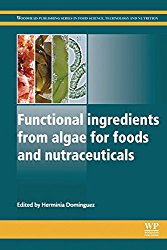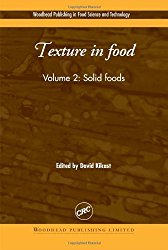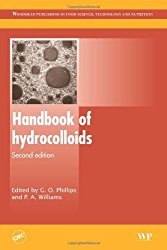The hygienic processing of food concerns both potential hazards in food products and the regulation, design, and management of food processing facilities. This second edition of Hygiene in Food Processing gives a revised overview of the practices for safe processing and incorporates additional chapters concerning pest control, microbiological environmental sampling, and the economics of food plants. Part one …
Woodhead Publishing
Algae have a long history of use as foods and for the production of food ingredients. There is also increasing interest in their exploitation as sources of bioactive compounds for use in functional foods and nutraceuticals. Functional ingredients from algae for foods and nutraceuticals reviews key topics in these areas, encompassing both macroalgae (seaweeds) and microalgae.After a chapter …
Texture in Food: Solid Foods (Woodhead Publishing Series in Food Science, Technology and Nutrition)
Texture is one of the most important attributes used by consumers to assess food quality. With its distinguished editor and international team of contributors, this authoritative book summarises the wealth of recent research on what influences texture in solid foods and how it can be controlled to maximise product quality.The first part of the book reviews research on …
Hydrocolloids are among the most widely used ingredients in the food industry. They function as thickening and gelling agents, texturizers, stabilisers and emulsifiers and in addition have application in areas such as edible coatings and flavour release. Products reformulated for fat reduction are particularly dependent on hydrocolloids for satisfactory sensory quality. They now also find increasing applications in …



